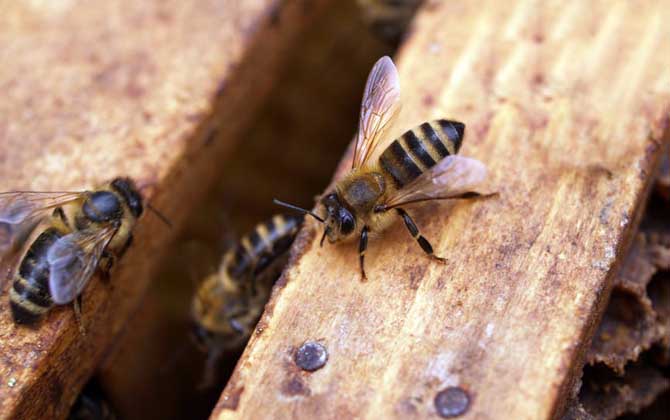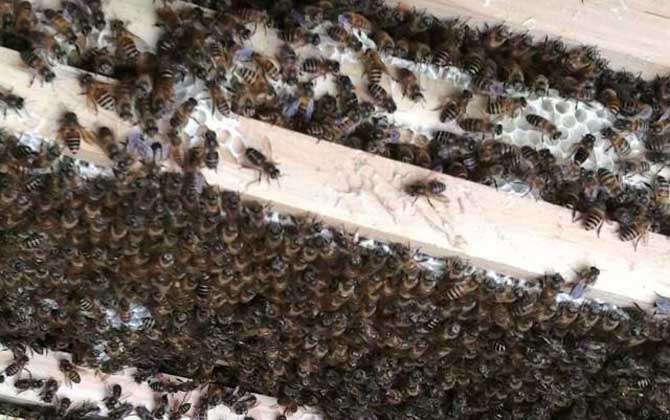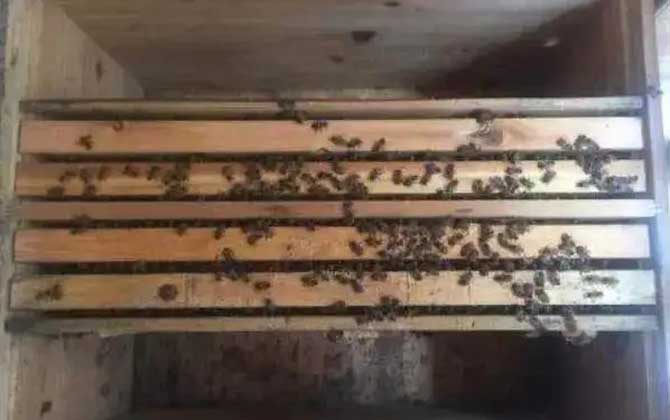Beekeeping: A Comprehensive Overview

I. Industry Overview
Beekeeping, classified under apiculture and broadly categorized within animal husbandry, involves the managed cultivation of honeybee colonies to produce various hive products. This ancient practice dates back over 4,600 years, with historical evidence including relief carvings in Fifth Dynasty Egyptian temples (2600 BC) depicting beekeepers using smoke to calm colonies. Modern beekeeping focuses on sustainable production of:
- Honey – Nature’s liquid gold
- Royal jelly – Nutrient-rich secretion
- Beeswax – Versatile natural wax
- Propolis – Antimicrobial “bee glue”
- Pollen – Protein-rich superfood

II. Development Prospects
Dubbed the “sweet enterprise,” modern beekeeping offers exceptional advantages:
- Low capital investment ($300-$1,000 initial setup)
- Minimal land requirements (0.1-0.5 acres per 50 colonies)
- High returns (average $3-5 profit per pound of honey)
- Ecological benefits through pollination services
China’s diverse topography, with 65% mountainous regions and abundant nectar sources across seasons, creates ideal conditions for apiculture development. The global honey market, valued at $8.58 billion in 2022, is projected to reach $12.8 billion by 2030 (CAGR 5.2%).

III. Essential Requirements
1. Bee Species Selection
- Common options: European honeybee (Apis mellifera) or Asian honeybee (Apis cerana)
- Acquisition methods:
- Wild swarm capture (traditional method)
- Purchasing from certified apiaries ($120-$200 per nucleus colony)
2. Apiary Site Selection
- Key considerations:
- 1-3 mile radius nectar availability
- Natural windbreaks
- Water source proximity
- Low pesticide exposure risk
- Avoid areas near high-voltage lines or heavy industry
3. Nectar Resource Management
- Ideal floral composition:
- Primary nectar flows (e.g., linden, rapeseed)
- Secondary sources (clover, wildflowers)
- Year-round bloom sequence
4. Technical Expertise
- Essential skills:
- Hive transfer techniques
- Swarm management
- Disease identification (e.g., AFB, Varroa mites)
- Queen rearing & colony unification

IV. Essential Beekeeping Equipment
| Equipment | Specifications | Cost Range |
|---|---|---|
| Beehive |
|
$150-$300/new |
| Protective Gear |
|
$50-$150/set |
| Hive Components |
|
$2-$5/frame |
| Extraction Tools |
|
$200-$800 |
Modern beekeeping combines traditional wisdom with scientific management, requiring only 5-10 hours monthly maintenance per colony during peak season. With proper training and resource management, apiculture can yield 20-40% annual returns while supporting global food production through essential pollination services.